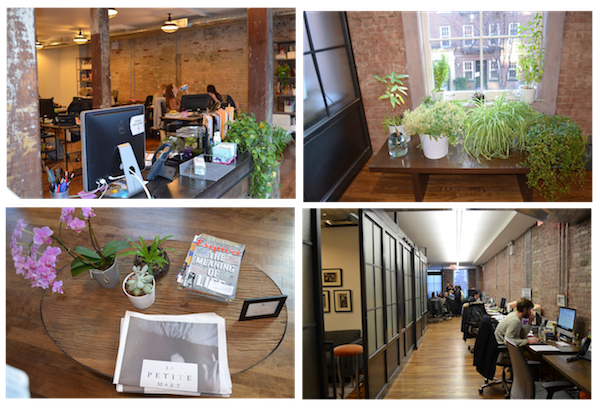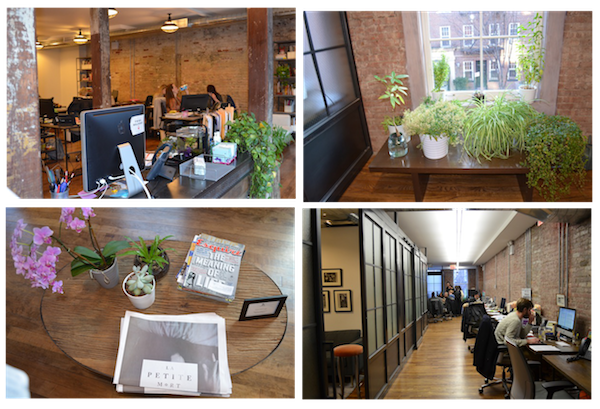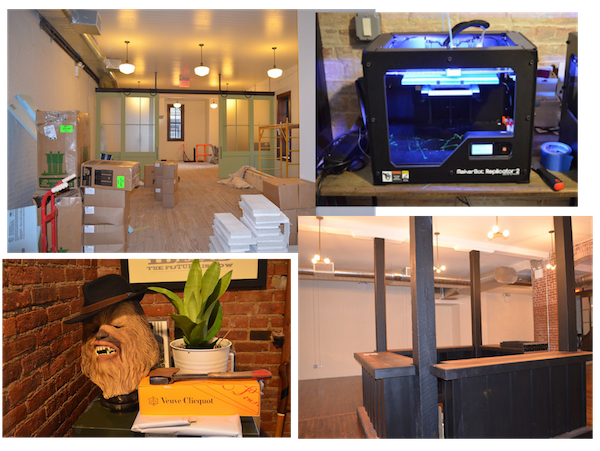
Ten years ago, at the tender age of 23, Michael Ventura started his own digital shop after being laid off from an agency job. It was a time when scrappy, little digital agencies were becoming attractive to some brands that wanted to try stuff that their traditional agencies wouldn’t do.
Fast forward to today, and Ventura’s agency Sub Rosa isn’t so scrappy anymore: it now employs 45 people, and over the last year, its business grew by 361 percent — and it’s no longer just a digital shop.
“We are an experience design practice,” said Ventura. “That’s the best way to vaguely describe what we do.”
As Ventura sees it, Sub Rosa’s main task is helping brands act more human — whether it’s a big brand that needs to find its human voice, a heritage brand that has lost its human voice and needs to find it again, or startups and brands that are transitioning into a new era of their business. Sub Rosa’s work includes both physical and digital campaigns and “experiences,” from retail pop-ups to user experience and digital design to branded content. The agency will also consult on strategies for big-name clients like GE, Nike and Levi’s.
Digiday recently took a tour of Sub Rosa’s new West Village three-floor space to get a sense of how the physical space is reflected in Sub Rosa’s work and office culture. We’re not saying we left with a twinge of envy, but we’re also not altogether denying it either.

Third floor conference/meeting area
The third floor of Sub Rosa’s space is where the kitchen and conference tables are located. As Ventura explained, going from top to bottom, the third floor is where the thinking and planning happens, the second floor is “where the bodies are,” and the first floor is the events and retail space. Most of the furniture in the office was actually designed by Sub Rosa.

Second floor, open floor plan, bottom left: Sub Rosa’s new print publication
Ventura describes Sub Rosa’s culture as “flat and fluid.” Because the agency does so many different things, the staff come from all different backgrounds — including people from academia, architecture and the brand world — not just from agencies. Ventura thinks the culture at Sub Rosa has more to do with its interpersonal relationships — less so on superficial perks like ping pong tables. Still, Ventura, who has studied energy healing for years, does offer energy healing sessions to his staffers.
“We are the land of misfit toys,” said Ventura.

Top left: future retail space, bottom right: event space
The first floor is Sub Rosa’s event space, which is used for both client and cultural purposes. There is space for photo shoots, gallery showings and throwing parties. Sub Rosa staffers can use it to teach classes and give lectures too if they feel so moved.
Another way Sub Rosa staffers are able to express their outside interests is through Sub Rosa’s new print broadsheet newspaper, which comes out twice a year and is organized around a theme. For the winter edition, the theme was “La Petite Mort,” or “the little death” — the French slang for orgasm. Topics covered in this issue included things like a photo essay of people’s beds to a feature on the slums of Dharavi.
“The idea was to ask everyone what gives them a mental orgasm,” said Ventura.
A forthcoming feature of the Sub Rosa space will be the retail space, which is slated to open in February. The space will be designed by Sub Rosa, and the store’s inventory will be curated by staffers as well.
“It will be a modern-day curio shop,” said Ventura.
More in Marketing

What TikTok’s e-commerce launch could mean for marketers and content creators
TikTok has officially launched its new e-commerce platform, TikTok Shop, earlier this month on August 1. Using the new e-commerce platform, brands and creators can sell products directly on the platform, potentially creating new revenue streams, and tap into the short-form video platform’s growing popularity.

‘The influencer industry can be really vile’: Confessions of an influencer marketer on the industry’s unfair hiring practices
While the influencer industry might sound exciting and like it’s full of opportunities, one marketer can vouch for the horrific scenarios that still take place behind the scenes.

Digiday+ Research: Marketers said revenue grew in the last year, with more growth expected ahead
After a tumultuous 12 months, marketers are getting a clear picture of how they really did during a time of true uncertainty. And, as it turns out, it wasn’t all that bad.
Ad position: web_bfu